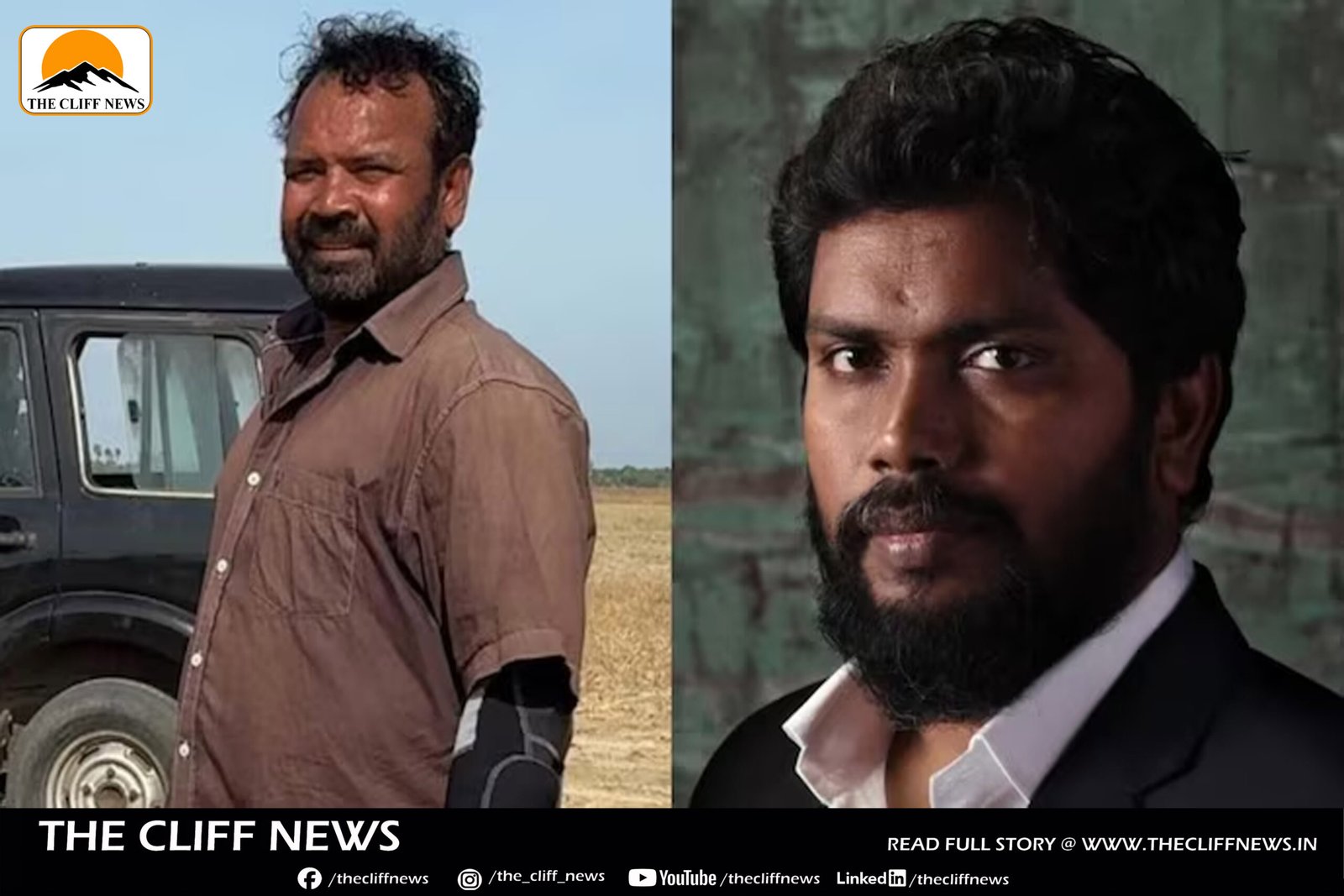A legal case has been registered against acclaimed filmmaker Pa Ranjith, stunt actor Vinoth, Rajkamal of Neelam Productions, and vehicle owner Prabhakaran, following the tragic death of veteran stuntman Mohan Raj (popularly known as Raju) during a film shoot. The case has been filed under sections 289, 125, and 106(1) of the Bharatiya Nyay Sanhita (BNS), which relate to negligence and regulatory violations.
The incident occurred on July 13 during the filming of ‘Vettuvam’, a movie starring actor Vishal. Raju was performing a high-risk car stunt when the accident happened. Despite being reportedly advised not to carry out the stunt due to safety concerns, he went ahead with it. His death has deeply shocked the industry and sparked intense discussions about safety standards on film sets.
Pa Ranjith’s Condolence Note
Shortly before news of the case emerged, Pa Ranjith posted an emotional tribute to Raju on social media, describing the stuntman as a “beloved and talented” colleague. He wrote on X (formerly Twitter):
“A day that started out with detailed planning, caution, clarity in execution, prayers and all our good will, as it does on every film set that stages crash sequences, ended up in his unexpected death. This has sent us all into shock and heartbreak.”
He further praised Raju’s professionalism:
“Mohan Raj Anna was valued and respected by his colleagues in the stunt team and all of us in the crew. He was a veteran in performing stunts whose planning, clarity and execution we all relied on.”
Who Is Named in the Case?
The legal complaint includes:
- Pa Ranjith (Director)
- Vinoth (Stunt actor)
- Rajkamal, representing Neelam Productions
- Prabhakaran (Owner of the car used in the stunt)
Their inclusion suggests possible shared responsibility linked to production oversight, safety arrangements, and the logistics of executing the stunt.
What the BNS Sections Imply
- Section 289: Concerns negligence with potentially dangerous instruments, often cited in cases involving accidents due to lack of safety precautions.
- Section 125 and Section 106(1): Deal with failure to adhere to lawful duties and other regulatory obligations under public safety or occupational norms.
The invocation of these sections reflects the authorities’ serious approach toward the matter and places accountability on the individuals involved in the film’s production.
Industry Reactions and Broader Implications
This case has stirred significant concern within the Indian film industry, with insiders debating the often-overlooked safety protocols on film sets. The tragedy brings into focus the collective responsibility of directors, producers, technicians, and other crew members in ensuring that all necessary precautions are taken — especially during high-risk action sequences.
The outcome of the legal proceedings remains to be seen, and as of now, the legal representatives of the accused have not issued any official statement. Meanwhile, the incident is serving as a sobering reminder of the importance of safety and legal compliance in filmmaking — an industry where behind-the-scenes risks are often overshadowed by on-screen glamour.



